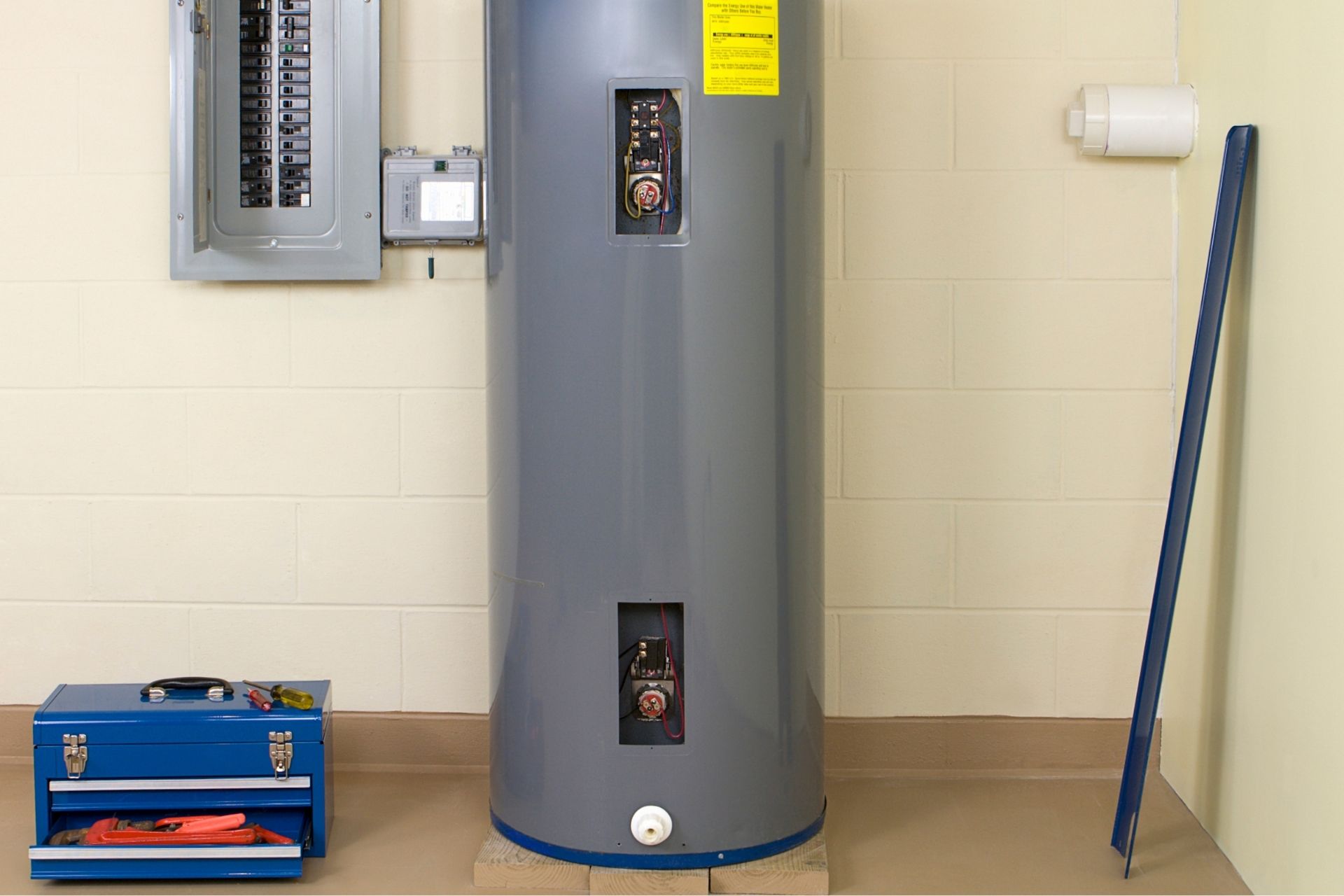Step-by-Step Guide to Maintaining Your Home's Hot Water SystemBest Practices for Caring for Your Home's Hot Water System
Step-by-Step Guide to Maintaining Your Home's Hot Water SystemBest Practices for Caring for Your Home's Hot Water System
Blog Article
What're your opinions about How to Maintain Your Water Heater & Prolong its Life?

Warm water is essential for everyday convenience, whether it's for a revitalizing shower or washing meals. To guarantee your hot water system runs successfully and lasts much longer, regular maintenance is essential. This post gives practical suggestions and understandings on just how to maintain your home's hot water system to avoid disruptions and expensive fixings.
Introduction
Maintaining your home's hot water system might seem difficult, yet with a couple of simple actions, you can ensure it operates smoothly for many years to find. This overview covers every little thing from recognizing your warm water system to do it yourself maintenance tips and knowing when to employ specialist help.
Importance of Maintaining Your Hot Water System
Regular maintenance not just expands the life-span of your hot water system but also ensures it operates effectively. Ignoring maintenance can result in reduced efficiency, greater power expenses, and also early failing of the system.
Signs Your Hot Water System Demands Upkeep
Understanding when your hot water system requires focus can protect against major issues. Watch out for indications such as irregular water temperature level, weird noises from the heater, or rusty water.
Flushing the Water Heater
Flushing your hot water heater eliminates debris build-up, boosting efficiency and prolonging its life.
Checking and Replacing Anode Rods
Anode rods avoid rust inside the storage tank. Examining and replacing them when worn is vital.
Complicated Problems Needing Expert Assistance
Instances include major leaks, electric issues, or if your water heater is regularly underperforming.
Routine Specialist Upkeep Advantages
Professional upkeep can include thorough examinations, tune-ups, and making sure compliance with safety standards.
Checking and Changing Temperature Level Setups
Changing the temperature settings ensures ideal performance and safety.
Do It Yourself Tips for Upkeep
You can carry out several maintenance jobs on your own to keep your warm water system in top condition.
Checking for Leaks
Regularly check pipes and connections for leakages, as these can bring about water damages and higher bills.
Recognizing Your Hot Water System
Before diving right into upkeep tasks, it's helpful to recognize the basic parts of your warm water system. Generally, this includes the water heater itself, pipelines, anode rods, and temperature controls.
Month-to-month Maintenance Tasks
Regular month-to-month checks can assist catch small problems prior to they intensify.
Examining Pressure Relief Valves
Checking the pressure safety valve guarantees it operates correctly and prevents extreme pressure build-up.
Protecting Pipelines
Protecting hot water pipelines decreases warmth loss and can save power.
When to Call a Specialist
While DIY upkeep is beneficial, some issues need specialist experience.
Conclusion
Regular upkeep of your home's hot water system is necessary for performance, durability, and price savings. By adhering to these suggestions and recognizing when to seek expert assistance, you can ensure a trustworthy supply of hot water without unforeseen disruptions.
How to Maintain an Instant Hot Water Heater
Before tinkering with your hot water heater, make sure that it’s not powered on. You also have to turn off the main circuit breaker and shut off the main gas line to prevent accidents. Also turn off the water valves connected to your unit to prevent water from flowing into and out of the appliance. 2. When you’re done, you have to detach the purge valves’ caps. These look like the letter “T” and are situated on either side of the water valves. Doing so will release any pressure that has accumulated inside the valves while at the same time avoid hot water from shooting out and burning your skin. 3. When the purge valves’ caps are removed, you have to connect your hosing lines to the valves. Your unit should have come with three hoses but if it didn’t, you can purchase these things from any hardware or home repair shops. You can also get them from retail stores that sell water heating systems. Read the user’s manual and follow it to complete this task properly. When the hosing lines are connected, open the purge port’s valves. 4. You should never use harsh chemical cleaners or solutions when cleaning your unit. Make use of white vinegar instead. It should be undiluted and you’ll probably use about 2 gallons. 5. Now flush your water heater. This task should probably take about 40 minutes. We can’t give you specific directions for this because the procedure is carried out depending on the type, model and brand of your heater. With that being said, refer to the user’s manual. 6. When you’re done draining the unit, you have to turn off the purge port valves again. Remove the hosing lines that you earlier installed on each of the water valves. Put the valve caps (purge port) back in their respective places and be very careful so as not to damage the rubber discs that are found inside these caps. 7. Now that everything’s back in place, check your user’s manual again to find out how to reactivate your water heating system. 8. Once it is working, turn one of your hot water faucets on just to let air pass through the heater’s water supply pipes. Leave the tap on until water flows smoothly out of it. https://www.orrplumbing.com/blog/2014/september/how-to-maintain-an-instant-hot-water-heater/

I discovered that article on What Kind of Maintenance Do Water Heaters Need? when exploring the web. Do you know about another person who is serious about Tips on Maintaining a Water Heater? Take a moment to promote it. Bless you for your time. Please pay a visit to our website back soon.
Free Estimate Report this page